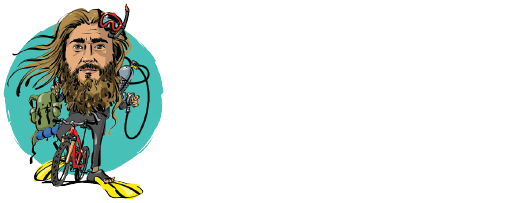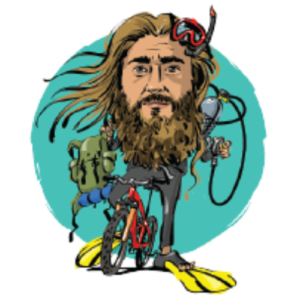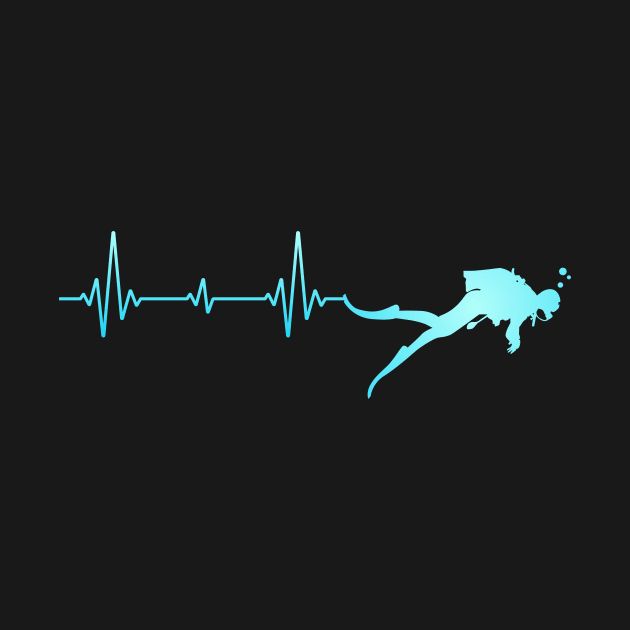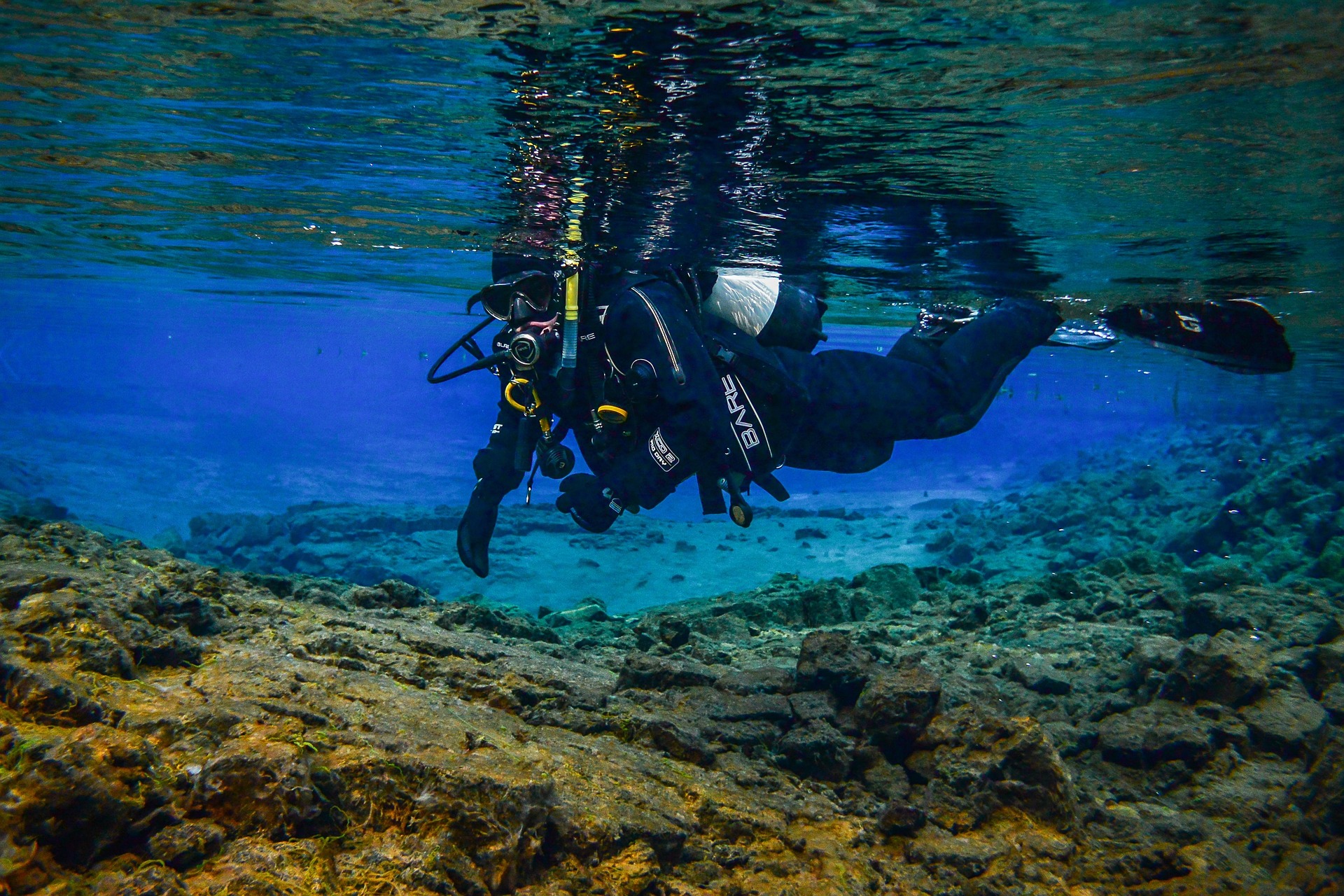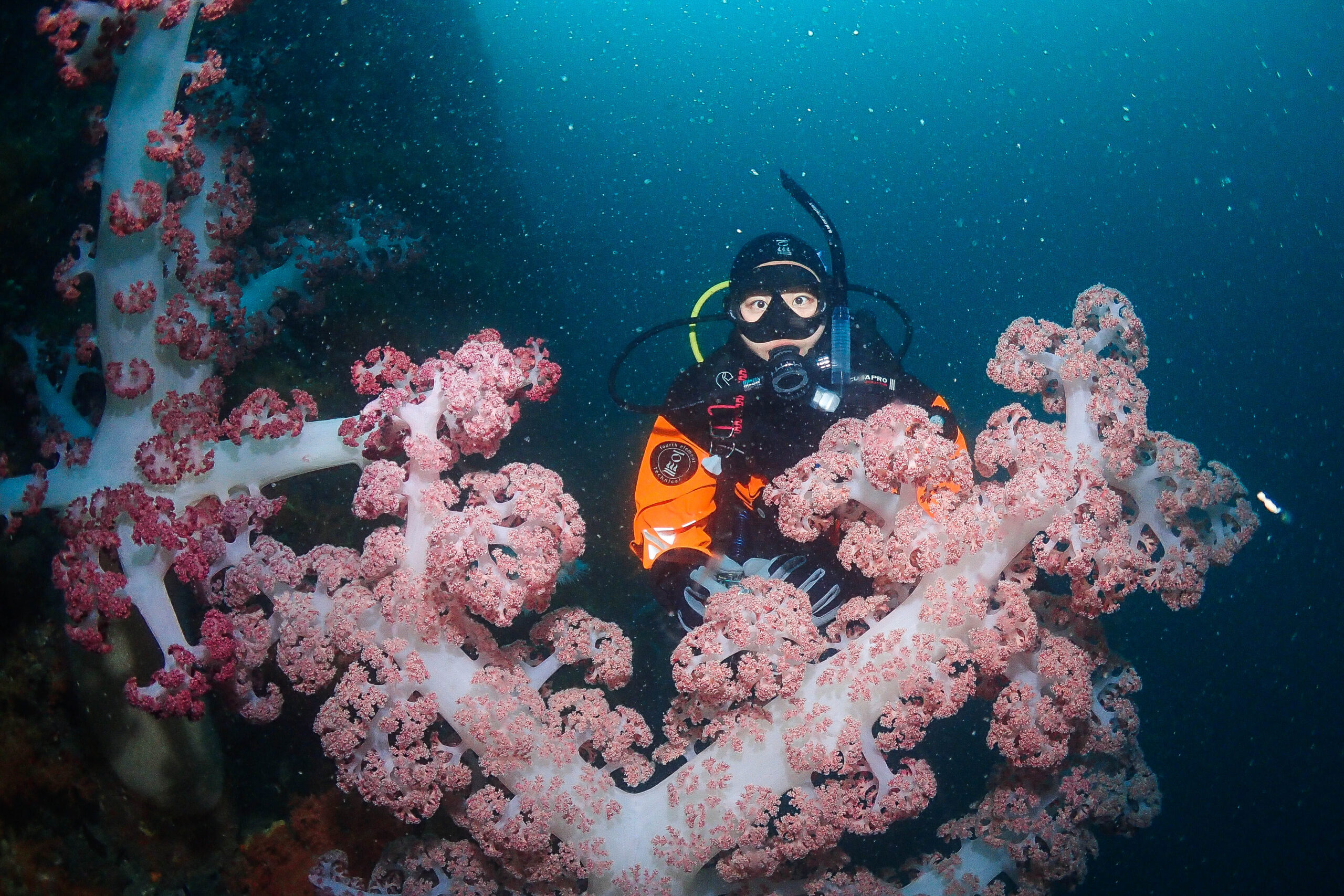Having perfect buoyancy in diving is one of the important skills that every diver should improve and master over time. The importance of mastering this skill is not only to increase your enjoyment of diving, but also to allow you to make safe dives and manage your air consumption more efficiently. In addition, when you manage to float calmly in harmony with your surroundings underwater, you will minimize your negative impact on underwater life and contribute to the protection of the marine environment, which is very valuable.

In order not to make this article too long, I will publish it as two different articles under the same title. Make sure you read both articles for a full understanding of the topic.
Throughout my instructor career, I have given great importance to the development of my students’ buoyancy skills, because a student with good buoyancy directly becomes a calmer diver who is more confident underwater. With the calmness brought by buoyancy, it is easier to learn other underwater skills and all together create a safer and more enjoyable diving environment.

When we take a look at what buoyancy is from the side, it is the balancing of the upward movement of the buoyancy equipment such as BCD and the buoyancy effect of the water against the downward movement of the pressure and the total weight on us.
I know it is different from the buoyancy definition explained by Archimedes’ Law that you are used to from books and may be a little confusing, but my aim here is to make you focus on the buoyancy effect on divers in particular. When Archimedes discovered the buoyancy of water while showering with his toy duck in the bath, I am sure that the duck did not have a weight belt, tube and BCD on it:) 🙂

-Factors Affecting Buoyancy –
-The first step is to choose the right weight. Beginner divers may have some difficulty in this regard because there are many factors that affect the choice of weight, such as the diving suits we are wearing, our body weight and even the location where we dive, such as fresh water or salt water. During your diving training, your instructor may add extra weight to you at the beginning, but it will be to your benefit to gradually break this habit in the following days. As you gain experience in diving and dive in different locations, you will have the ability to decide the weight you need over time.

-Maintain the proper body position underwater. Maintaining a neutral and horizontal position in the water will increase your control over buoyancy. Our head in underwater is like a steering wheel. If you swim with your head up, you will see that you are moving towards the surface. And remember that when you start to ascend towards the surface without control, if you don’t take control, you will continue to ascend at an increasing speed, which is something we definitely don’t want. For this reason, try to maintain your position with your head forward, knees slightly bent. Also, make sure that your weights are evenly distributed over you in order to maintain the correct position.

-Learn to Control Your Breathing!!! I would like to emphasize that when I talk about controlling your breathing, I am definitely not talking about holding your breath. What I want to point out is you can ensure that your buoyancy is more regular underwater with calm and controlled breath control rather than breathing quickly and intermittently. Otherwise, every time you breathe in and out, your buoyancy will fluctuate uncontrollably and you will consume extra energy and air to regulate your buoyancy again. As your experience in diving increases, you will learn to use your breathing to fine-tune your buoyancy.

Remember, you can also fine-tune buoyancy by breathing in and out, but the key to mastering it is to learn to use your skills and diving equipment together in harmony.
This is where the BCD, or Buoyancy Control Device or equipment, comes into play. BCD is our primary equipment for adjusting our buoyancy. It may take some time to get used to using the BCD and the way to speed up the process is to practice a lot. Practicing with your instructor in shallow water will help you in this process. The important thing is to avoid fast and excessive movements and take calm and small steps in coordination with your BCD. The most common mistake is to fill the BCD quickly and with a large amount of air or to empty all the air in the same way. This means wasting extra air and energy for the diver to regain buoyancy after sudden movements. But remember that all these mistakes are part of the learning process. The important thing here is to correct the mistakes by focusing on what you have learned without giving up.

The way to have perfect buoyancy in diving is to apply the steps I mentioned above together instead of focusing on a single factor. Of course, there are other factors besides what I have written above. Your instructor will address all these steps one by one during the course and will help you to have a good buoyancy.

As you adapt to the antigravity environment, you will find that you enjoy diving more and you will dive more safely. In the next article, I will talk about the importance of having perfect buoyancy.
Bye for now!!!
